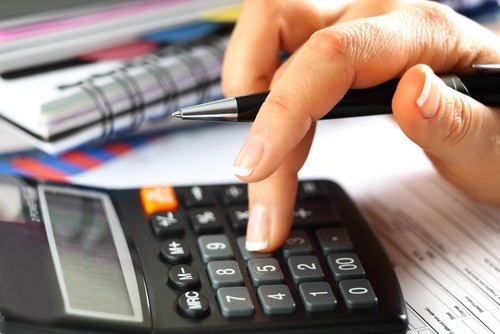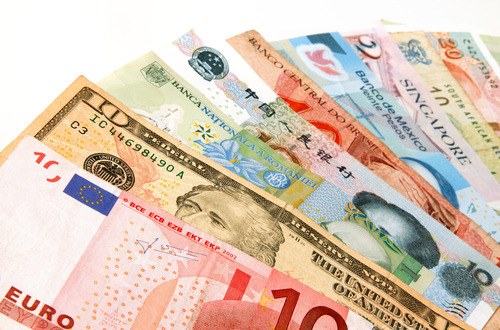What is the Capital Goods Scheme (CGS)?
Scheme is a misnomer really as it implies something you opt into, which the CGS is not. It is better described as an adjustment method, whose purpose is to adjust the recovery of input VAT on capital items to reflect their use during their notional lifetime.
Which items of capital expenditure fall within the CGS?
Historically it has been land, property and refurbishment works costing £250,000 plus VAT or more and computer hardware costing £50,000 plus VAT or more (single items, not networks).
In 2011, aircraft, ships, boats and other vessels costing £50,000 plus VAT and more were added and then in October 2012, storage facilities under the £250,000 CGS limit were exceptionally added, if the owner elected to treat them as CGS items.
When is expenditure not capital expenditure?
HMRC generally follow the accounting treatment for stock or assets and apply the CGS to capitalised assets in the accounts but substance over form does apply here and any qualifying item which has been used in the business and not held strictly for resale may be treated as a CGS item.
What does the CGS adjust?
The CGS looks at how capital items have been used in the business over a number of intervals. It adjusts both for taxable v exempt use and for business v non business use over the lifetime of the asset, which for land and buildings is ten intervals (ordinarily ten years although a first and/or final interval may be less than a year) and for all other CGS items is five intervals.
How does the CGS align with partial exemption (PE)?
A partly exempt business with a CGS item will carry out annual PE adjustments and the result of this calculation will be fed into the CGS adjustment but, whilst a business will only have one PE calculation, it may have several CGS adjustments as each capital item has its own CGS adjustment.
The CGS adjustment interval end will align with the PE annual adjustment period end but, whereas PE annual adjustments are declared in the VAT return for the PE year end or the subsequent VAT period if the business prefers, CGS adjustments are always due to be declared on the second VAT return after then end of the partial exemption year.
What about capital items you hold before you become VAT registered?
The first CGS interval is triggered when the item is used in the business so it is possible to have a capital asset that has outstanding intervals or even a full set of intervals remaining when its owner becomes VAT registered. This is particularly relevant with respect to land and property which changes from exempt to taxable use when the option to tax is made.
For CGS items, the usual six months for services and four years for goods for recovery of pre registration input tax is over ridden and it may be possible to achieve full VAT recovery on an asset which was acquired several years before registration. However, in a pre registration case and even when the asset has not been used prior to registration, VAT recovery is spread over the remaining CGS intervals and no upfront recovery is available.
What if a business is transferred or an asset is sold?
If a business is sold or transferred or an asset is sold, this brings to a close the CGS period of adjustment for that item unless it is sold as a transfer of a going concern (TOGC) when the CGS passes on to the new owner. This means that the new owner will adjust for input tax previously recovered or restricted by the previous owner and so must be taken into consideration when valuing a business or an asset or as part of a due diligence exercise.
If the transfer is not part of a TOGC then all remaining intervals become wither fully taxable or fully exempt and subject to adjustment at the time of the transfer.
What about refurbishments?
Refurbishments can be tricky under the CGS as they may either be separate capital items or part of a single capital item which will have different VAT implications.
Are there any particular pitfalls to watch out for?
The biggest problem probably comes from ignorance of the CGS which, given the sums involved, can lead to unexpected VAT cost on the purchase, sale, transfer, option to tax or change of use.
Are there any particular pitfalls to watch out for?
The CGS is widely misunderstood and feared far more than it should be. It is a mechanism of fairness principally and whilst its nuances need to be understood, it can be a beneficial tool both in planning and firefighting scenarios.




